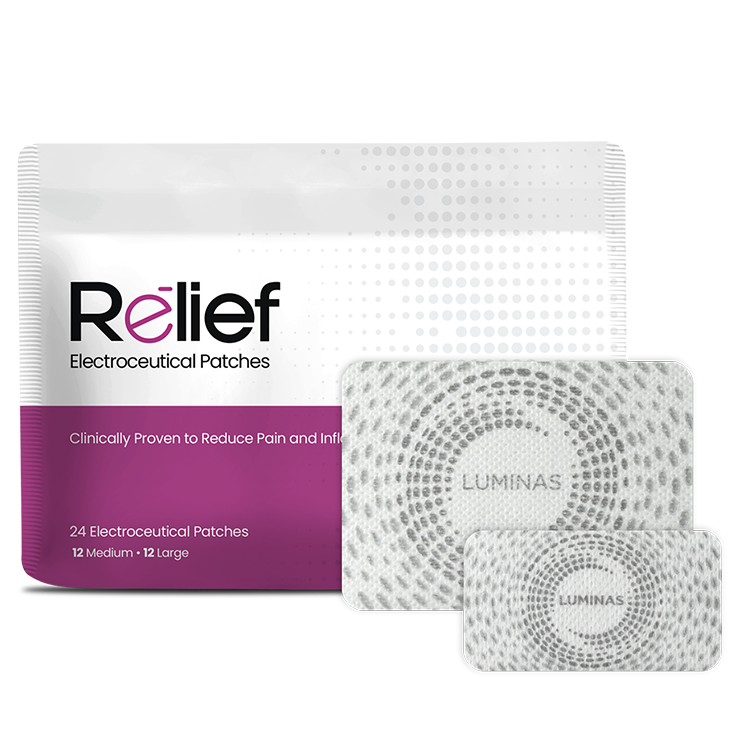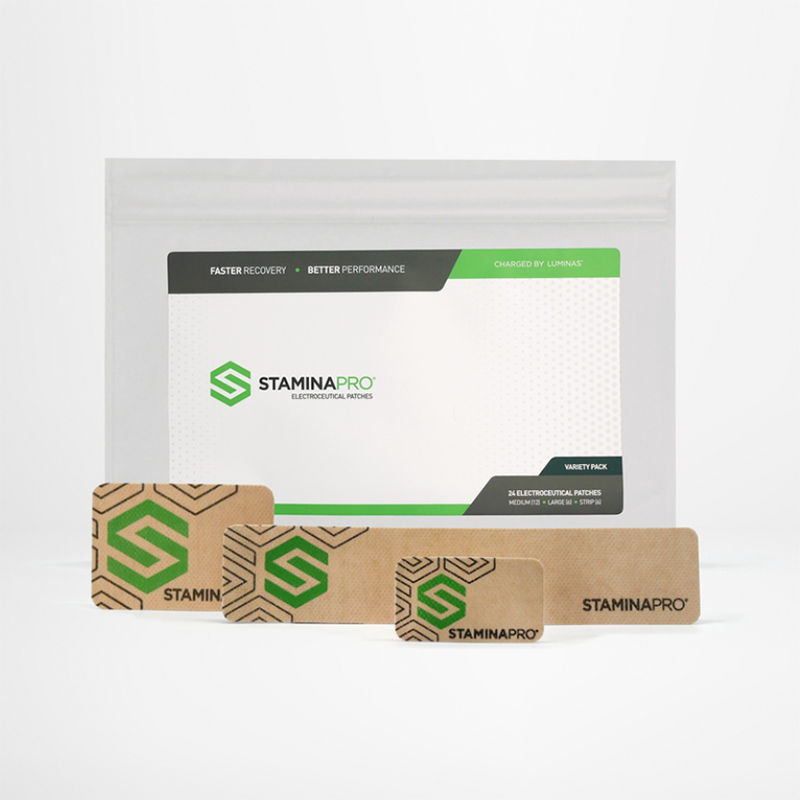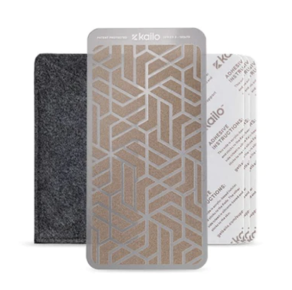Anatomy
The knee is the largest and the most complex joint in the body made up of two parts. The knee connects the thigh bone (femur) to the shin bone (tibia) or better known as the tibiofemoral joint. The smaller bone that is parallel to the tibia (fibula) and the kneecap (patella) make the knee joint. The patellofemoral joint is between the end thigh bone (femur) and the kneecap (patella).
The synovial fluid surrounds the knee joint and keeps it lubricated. The bones in the knee have a smooth joint surface (articular cartilage) which allows them to glide with no friction. If the surface of the joint is damaged because of a constant strain this can cause arthritis to develop over time.
The function of tendons is to connect the knee bones to the leg muscles so that the knee joint can move. Ligaments connect knee bones and provide stability to the knee.
- The role of the anterior cruciate ligament is to prevent the femur from sliding backward on the tibia or the tibia sliding on the femur.
- The posterior cruciate ligament helps prevent the femur from sliding on the tibia or the tibia sliding backward on the femur.
- The medial and lateral collateral ligaments stop the femur from sliding side to side.
- The medial and lateral menisci are two c-shaped pieces of cartilage that act as shock absorbers between the femur and tibia.
- Multiple bursae (fluid-filled sacs) help the knee move smoothly.
Common Causes of Pain
Chondromalacia patella
Chondromalacia patella is an irritation of the cartilage on the underside of your kneecap known as the patella. This condition causes knee pain most commonly seen in young people.
Knee Osteoarthritis
Osteoarthritis is a form of arthritis that most commonly affects the knees. It is caused by aging and wear and tear of cartilage and the symptoms include knee pain, stiffness, and swelling.
Knee Effusion
Knee Effusion is a fluid buildup inside of the knee caused by inflammation. Any form of arthritis or injury can cause knee effusion.
Meniscal Tear
Meniscal Tear is damage to a meniscus (a thin fibrous cartilage between the surface of some joints) that cushions the knee. Injuries often occur when the knee is twisted and large tears can cause the knee to lock.
ACL (Anterior Cruciate Ligament) Strain/Tear
The ACL plays a role in keeping the knee’s stability and a tear in the ACL often leads to the knee giving out. If the ACL is damaged surgical repair may be required.
PCL (Posterior Cruciate Ligament) Strain/Tear
PCL tears can cause pain, swelling, and knee instability. PCL tears are less common than ACL tears. The best option for a PCL tera is therapy rather than surgery.
MCL (Medial Collateral Ligament) Strain/Tear
This injury can cause pain and instability to the inner side of the knee.
Patellar Subluxation
This is caused when the kneecap slides abnormally or becomes dislocated along the thigh bone during any intense activity. The result of this is knee pain around the kneecap.
Patellar Tendonitis
This condition occurs mostly in athletes from repetitive jumping. Inflammation accors in the tendon connected to the kneecap better known as the patella all the way to the shin bone.
Knee Bursitis
Bursitis often occurs from overuse or injury. The symptoms are pain, swelling, and warmth in any bursae of the knee.
Baker’s Cyst
Baker’s cysts usually develop due to persistent effusion caused by conditions such as arthritis. Baker’s cyst is a collection of fluid in the back of the knee.
Rheumatoid Arthritis
Rheumatoid Arthritis s an autoimmune condition that can cause arthritis in any joint. If this condition goes untreated it can cause permanent joint damage in the knee.
Gout
Gout is a form of arthritis that is caused by the build up of uric acid crystals in a joint. If the knees are affected, this can cause episodes of severe pain and swelling.
Pseudogout
Pseudogout is a form of arthritis that is caused by calcium pyrophosphate crystals depositing in the knee or other joints. This form of arthritis is very similar to gout.
Septic Arthritis
Septic Arthritis is an uncommon form of arthritis, but it is a serious condition if it goes untreated it can worsen quickly. Septic arthritis is an infection caused by bacteria, a virus, or fungus inside the knee. The symptoms of this condition are pain, inflammation, swelling, and difficulty moving the knee.



